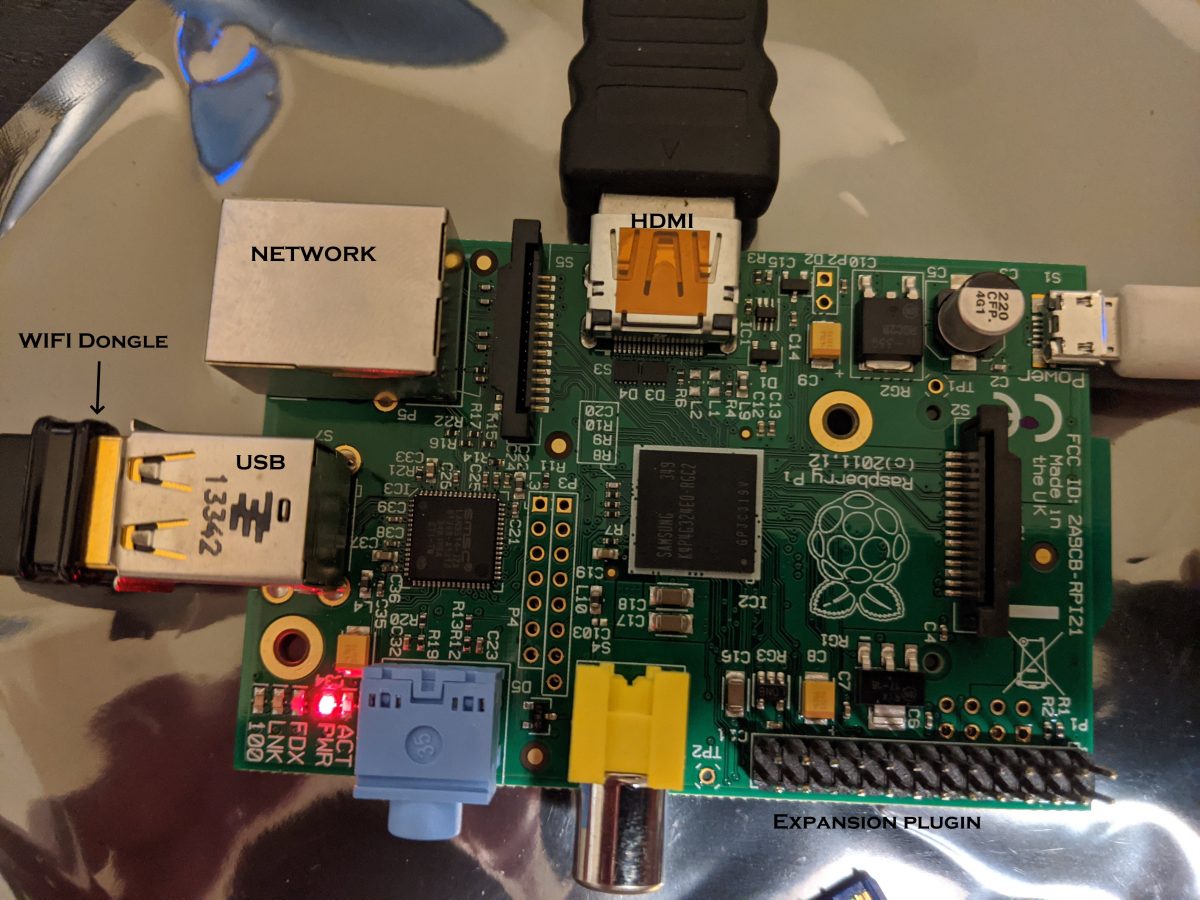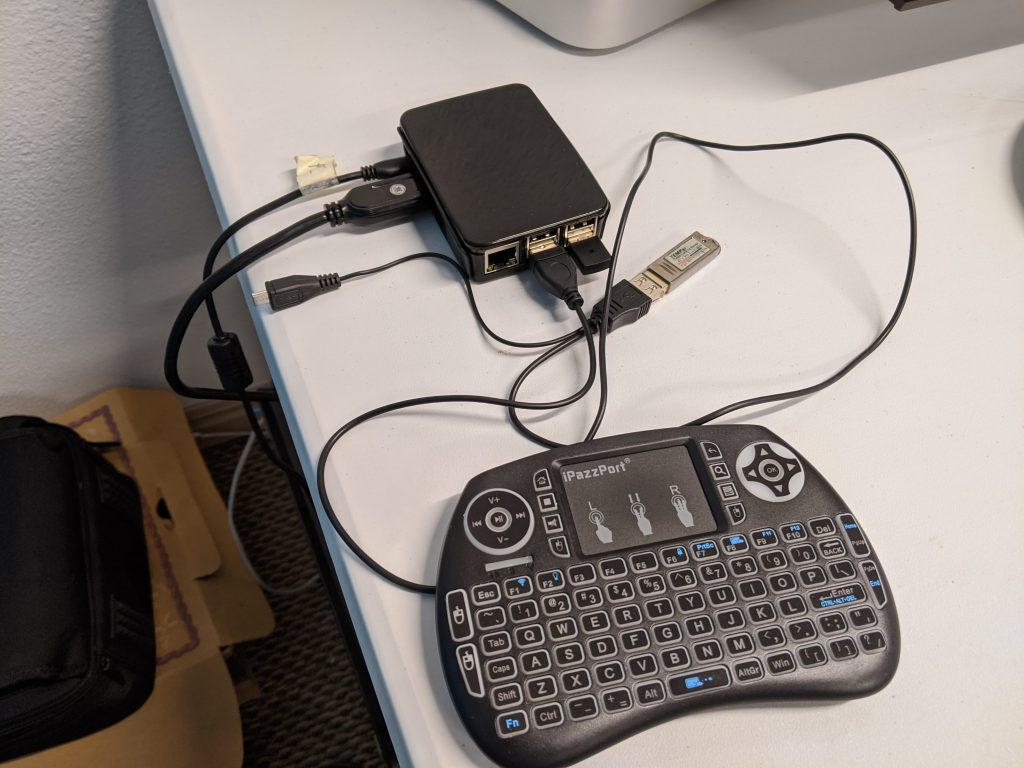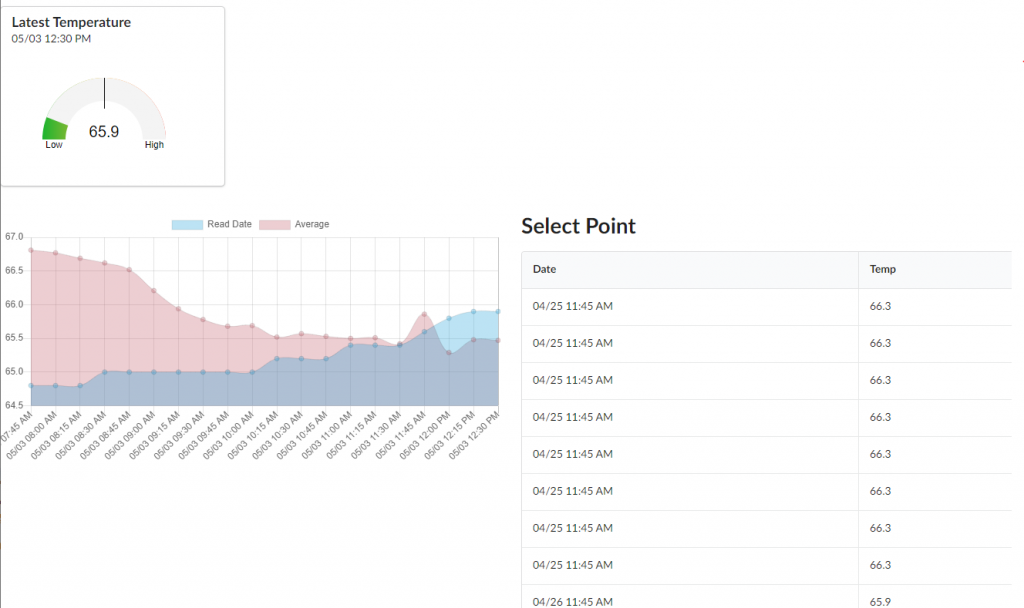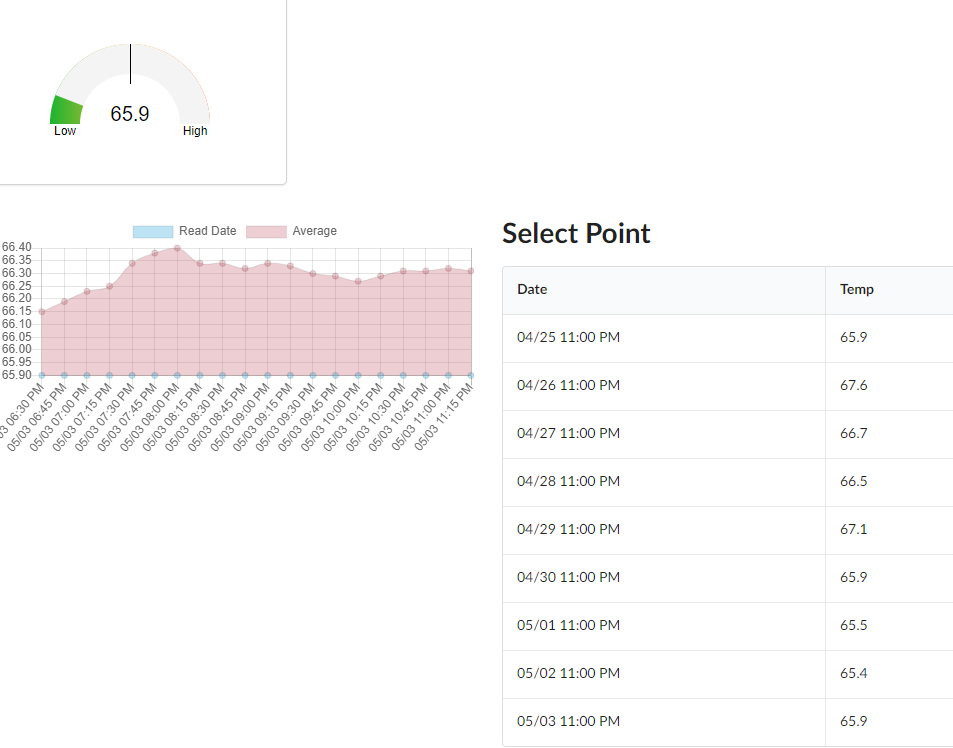In 2015, my friend told me about the Open Sprinkler project that allows you to attach a Raspberry Pi 1 or 2 to a controller for your Sprinklers. I was onboard when I heard about this. The ability to control my sprinklers from my phone just sounded awesome! (Here is a link to the APP if you are interested) Before this switch, I had to run to the garage, put the system in test mode, then RUN back to the zone to watch it. Very annoying!
Purchase
I purchased a kit from Ray’s Hobby – Ray’s hobby use to sell them on his site, but it has since been moved to Open Sprinkler. I purchased this one (Mine being the Open Sprinkler OSPI v1.4), they have upgraded things since then. They now support the Raspberry Pi 3 and 4 which are much better! The kit comes with a board, extension, that your PI plugs into (see image). Plugging the Pi into the board is a bit scary to me. I’m always worried i’m going to break something. This thing has been running smoothly until just recently. This thing was flawless, it would come back to life each year and I wouldn’t have to worry.
2020 Resurection
I turned on my secondary water two weeks ago and wanted to start watering my lawn. The OSPI was no where to be found on the network! Nothing came back when hitting the static IP that was setup for it. I brought the bridge, that was providing a wired connection to the device, into the house to debug. After researching how to configure this CISCO WAP device, my friend set it up the first time around, I was able to determine that it was working correctly.
The fear of taking the Pi off the expansion board was high, but there was nothing to lose, so I just went for it! The Pi has a DVI port and a couple USB slots, so debugging the board is super easy. I plugged it into the Pi and booted it up and I received a ton of errors. The memory card was BAD! Apparently, backing up the card wasn’t a high priority in my mind! It should have been!
The friend who told me about his, was the first one I called to see if he had any information about building a new card. He said he could copy his and see if that would work. He has an old Pi with a MiniSD card and mine has a MiniSD to MicroSD expansion board on it.
I have to explain something. Since the SD card was built 5 years ago, I was expecting to have all sorts of problems updating to the new version of the software and firmware.
Attempt 1
With my friends MiniSD copy, I took out the expansion board and tried to boot from the MiniSD….NO luck! My Pi wouldn’t even read the card and boot. One of my windows 10 machines could read the card, but none of the others. I only had a 32 gb MicroSD and his was a 16gb MiniSD. Finding a free piece of software to take a direct copy of the 16gb to 32gb card was difficult, so I gave up.
Atempt 2
I had wasted a couple days wit this Mini to Micro SD problem and decided to just try rebuilding a Micro SD card with the newest version of Raspbian and OSPI Firmware. The guides are pretty straight forward and easy to understand, so building a new copy was very easy. I got the software all installed and built and ready to be plugged into the expansion board and give it a try.
The system booted up perfectly and joined the network without any issues. I was super anxious to actually try each zone, but they worked perfectly! Nothing better than having things work the first time around. The worry I had was unwarranted! The only problem I had was with the timezone. The timezone was set up correctly, but the web site (APP) would show EST time. After about 10 tweaks and reboots, it resolved itself.
Dead Grass.
My grass is still trying to recover from the lack of water. The brown spots are starting to turn green. The hardest part for me is figuring out how much to water and when to water. Fertilization is another problem of mine, I never know when to do it, so I pay someone for that.
Should you buy it?
This really isn’t a review of the OSPI, just my joy in owning one and trying to revive it. I would definitely suggest looking into Open Sprinkler and getting one set up! The old way of running to the garage to adjust the timer and the run-once times is a joke! (or I’m just super lazy)
You’ll notice a link to OpenThings when you are on the OpenSprinkler site. They have a broken link to a Garage Door opener that I’m SUPER interested in. I’ve always wanted to get one, so I can easily check my garage door when I’m laying in my bed wondering if I left the garage door open. I have another friend who built his own with an Arduino and Python. I haven’t dared go down that route yet. #dreams




